In today’s highly competitive manufacturing environment, efficient warehouse and logistics management has become a critical factor in enhancing a factory’s core competitiveness. At the heart of this transformation lies the smart logistics warehouse—an automated vertical storage and retrieval system (AS/RS) that, through its innovative design and powerful functionality, is revolutionizing how factories operate. Shoebill Technology, a professional lean logistics design service provider, will share the features of smart logistics warehouse for efficient production.
1. Centralized Layout: Building a Lean Smart Logistics Network
One of the most distinctive features of this smart logistics warehouse is its central location within the production area. Acting as the logistics hub, it connects all surrounding manufacturing zones and minimizes the distance materials must travel. In traditional layouts, materials often had to move along long, inefficient routes between processes—wasting time and raising costs. With the warehouse placed at the center, raw materials, semi-finished goods, and finished products can now circulate rapidly across floors and workshops. This centralized configuration shortens logistics routes, reduces handling losses, and builds a lean and highly efficient production network.
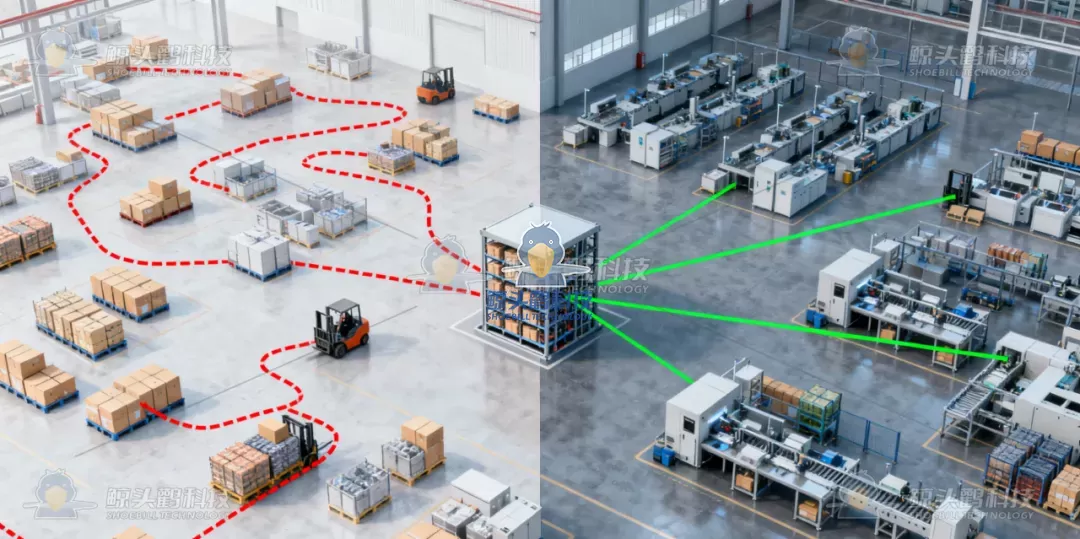
2. Dual Storage Specifications: Meeting Diverse Inventory Demands
Different products have different sizes, weights, and storage requirements, making a one-size-fits-all approach impractical. To address this, the smart logistics warehouse integrates two coexisting storage systems—bin storage and pallet storage.
Bin storage is suited for small, lightweight components and compact finished goods, allowing for refined, high-density storage.
Pallet storage accommodates large and heavy raw materials or bulky items, offering excellent load-bearing performance.
This flexible and “customized” dual system ensures that every material has a suitable storage environment, maximizing space utilization and improving the warehouse’s adaptability to dynamic production needs.
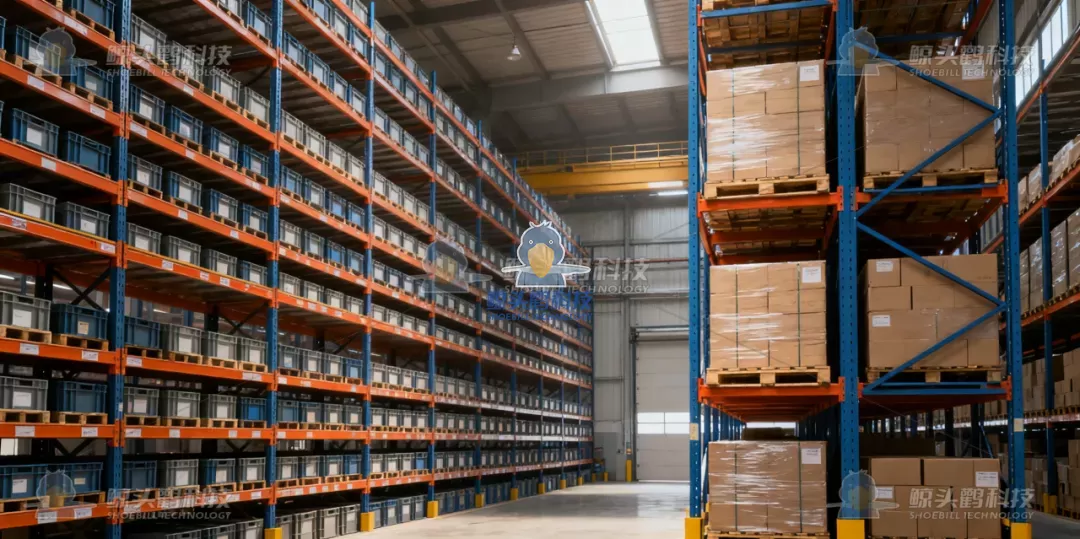
3. Dedicated Mold Storage: Maximizing Spatial Efficiency
Molds are essential production tools, yet they often remain idle due to product upgrades or shifting production schedules. Previously, unused molds occupied valuable floor or storage space, creating inefficiency. The smart logistics warehouse now features a dedicated mold storage zone, where idle or rarely used molds are safely kept in a well-organized system. This scientific approach not only ensures proper protection of assets but also frees up valuable space for higher-priority operations. As a result, the entire facility benefits from optimized spatial distribution and improved overall efficiency.
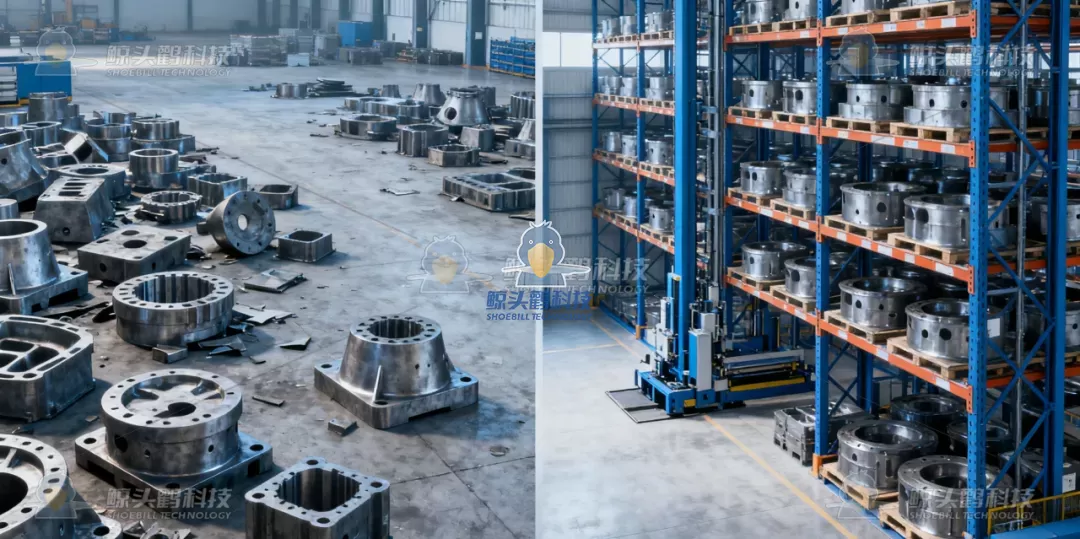
4. Integrated Dock Connection: Accelerating Logistics and Shipping
The inbound and outbound dock serves as the critical interface between the factory and its external supply chain. Efficiency here directly impacts both production rhythm and customer satisfaction. The smart logistics warehouse seamlessly connects to the dock, enabling goods to move quickly between storage and shipping without redundant transfers.
Finished products can go straight from the warehouse to the loading dock for delivery.
Incoming raw materials enter directly from the dock into the warehouse for automated storage.
This seamless integration shortens handling time, reduces manual intervention, and dramatically increases shipping efficiency—allowing the factory’s supply chain to respond faster and more reliably.
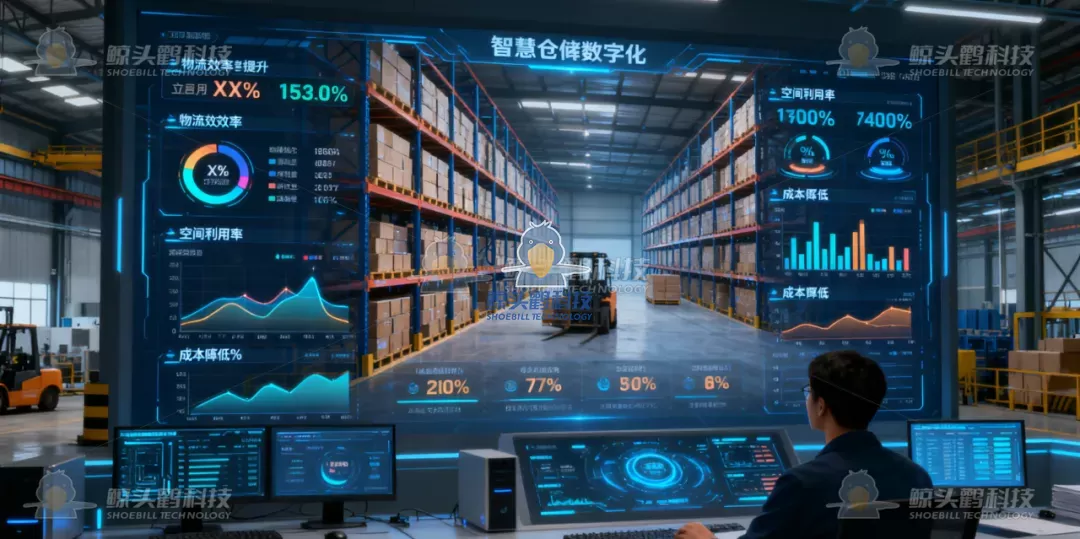
5. Multi-Level Connectivity: Removing Vertical Transport Bottlenecks
In traditional factories, inter-floor transport depends on elevators—often causing delays, congestion, or downtime. The smart logistics warehouse eliminates these bottlenecks by spanning from the first to the fourth floor, enabling fully automated vertical movement. With its built-in conveyor and lifter systems, materials flow smoothly between levels without needing manual transfer or elevator use. This breakthrough ensures uninterrupted logistics circulation, enhances safety, and accelerates overall production flow.
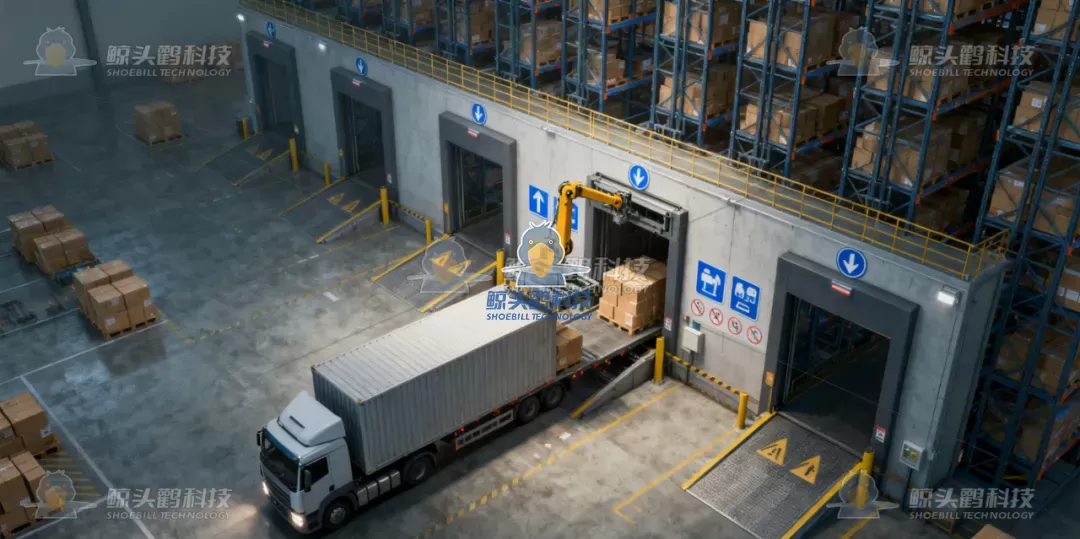
6. Dual-Lift Mechanism: Ensuring Efficiency and Cost Control
While maximizing efficiency, cost management remains a core priority for any factory. The smart logistics warehouse employs a dual-lift design, optimizing operational processes and reducing equipment energy consumption. Compared with conventional single-lift systems, the dual-lift setup handles more lifting operations in less time, cuts power usage, and reduces wear on machinery. Its smart structural design also minimizes mechanical failure rates, significantly lowering maintenance expenses. By integrating energy efficiency with high performance, this solution delivers long-term economic value for manufacturers.
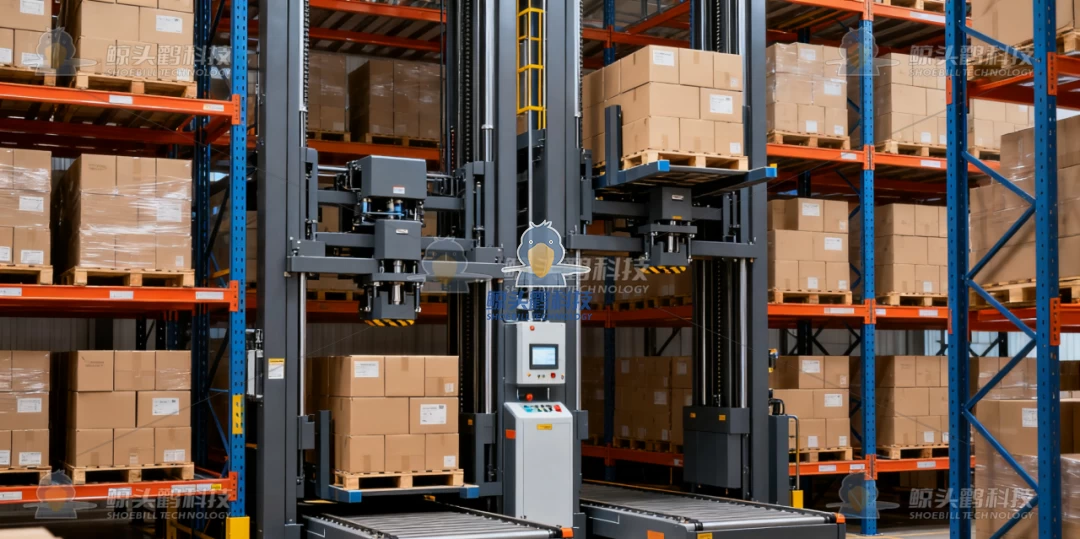
Conclusion
With its six innovative design features, the smart logistics warehouse comprehensively enhances a factory’s logistics and storage capabilities—accelerating production, reducing costs, and ensuring lean operations. It represents a major step toward digitalized, automated, and data-driven manufacturing. As smart factories continue to evolve, the smart logistics warehouse will undoubtedly become a strategic core for more enterprises, driving the manufacturing industry toward a future defined by greater efficiency, intelligence, and sustainable growth.
[Shanghai Shoebill Technology]
Shoebill Technology will help you plan a user-friendly and affordable industry-leading factory!
Whether you're building a new plant or renovating an existing one, we offer comprehensive, one-stop services, including park planning, architectural design, layout planning, automation and logistics design, standardized industrial interior design, digital design, smart campuses, advanced visualization, and implementation support.
We prioritize implementation, ensuring your project becomes an industry benchmark upon implementation.
Clients include industry leaders such as Heli Forklift, Qianjiang Motorcycle, Giti Tire, Baoxiniao, and Yangquan Valve.
Mobile: 13262659820
Official Website: www.shoebilltech.com
Email: shoebill@balaena.cn










